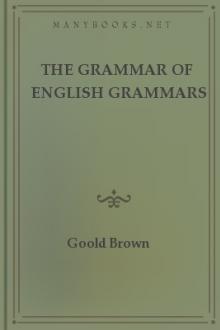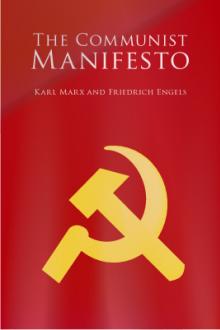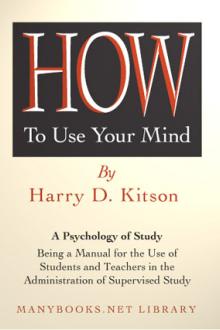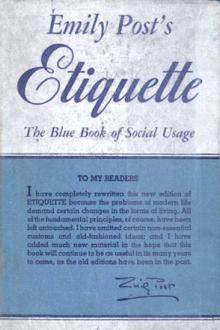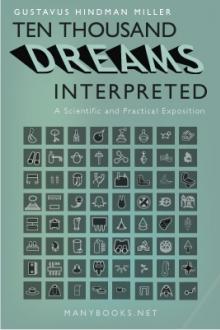Chess Strategy
Chess Strategy
Book Excerpt
1. ... K-Q3
2. P-B3 K-B3
3. K-B4 and wins.
This settles all typical end-games of King and pawn against King. There is, however, one exception to the rules set out, namely, when a ROOK'S PAWN is concerned. Here the isolated King always succeeds in drawing if he can reach the corner where the pawn has to queen, for he cannot be driven out again. The Rook's pawn affords another opportunity for the weaker side to draw. Diagram 55 will illustrate this, and similar positions are of frequent occurrence in practice. Here Black draws with 1. ... K-B5. As he threatens to capture the pawn, White must play 2. P-R4. Then after the reply K-B4, White is still unable to cut the opponent off from the corner with K-Kt7, as the loss of the pawn is still threatened through K-Kt5. And after 3. P-R5 Black attains the position which is typical for this end-game, namely the opposition against the King on the Rook's file. The latter cannot escape without giving up the contested corner, and the game is drawn. 3. ... K-B3; 4. K-R7, K-B2; 5. K-R8, K-B1; 6. P-R6, K-B2; 7. P-R7, K-B1: and White is stalemated.
--------------------------------------- 8 | | | | | | | | | |---------------------------------------| 7 | | | | | | | | | |---------------------------------------| 6 | ^K | | | | | | | | |---------------------------------------| 5 | | | | | | | | | |---------------------------------------| 4 | | | | | | | | | |---------------------------------------| 3 | | | | #K | | | | | |---------------------------------------| 2 | ^P | | | | | | | | |---------------------------------------| 1 | | | | | | | | | --------------------------------------- A B C D E F G H
Diag. 55
FREE EBOOKS AND DEALS
(view all)Popular books in Reference, Non-fiction, Games
Readers reviews
3.0
LoginSign up
necessito comprender mas sobre el grandioso juego del ajedrez en un año he subido tres categorias i necessito afrontar con garantias mi debut
- Upvote (0)
- Downvote (2)

 Free Download
Free Download














